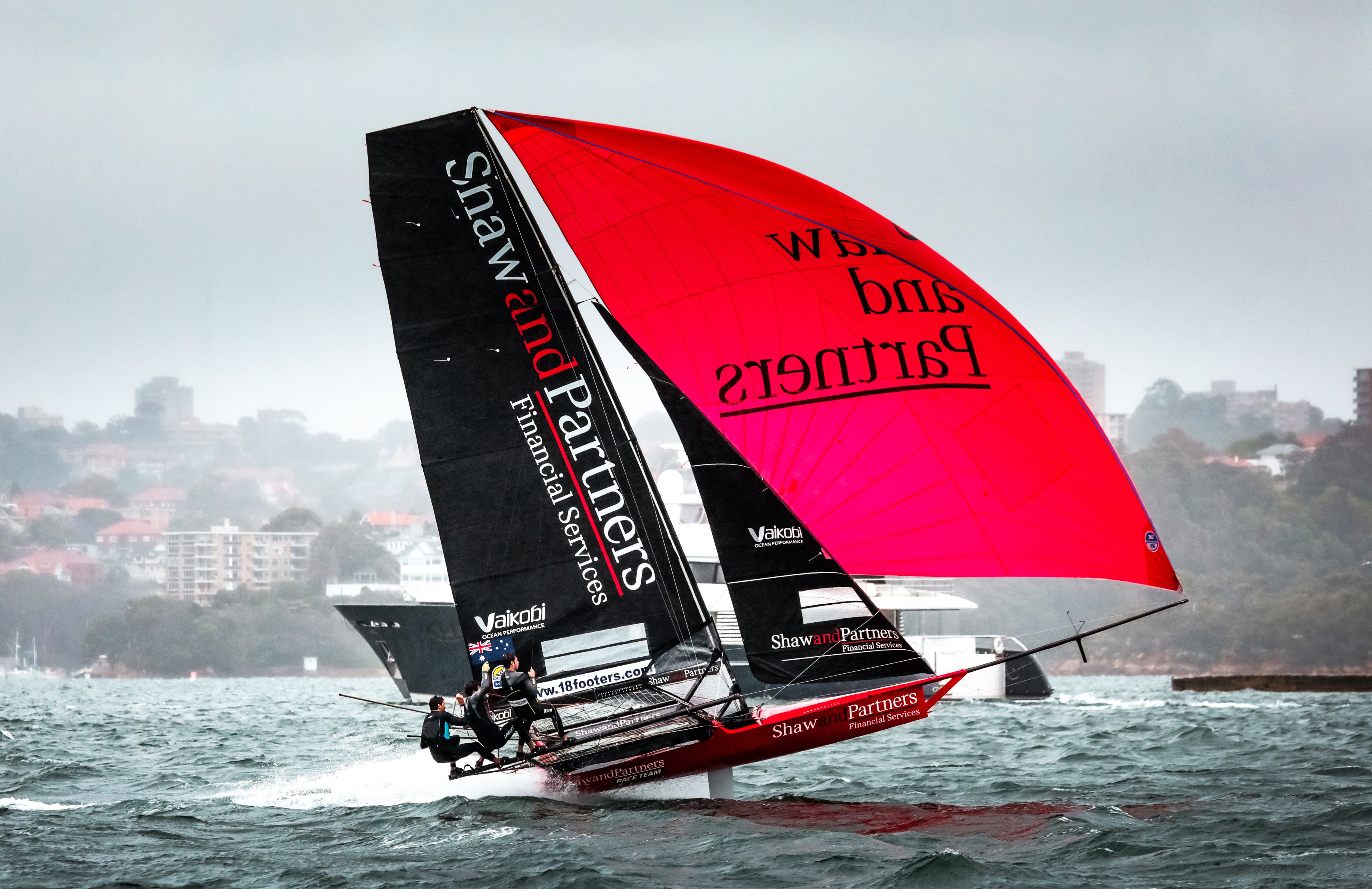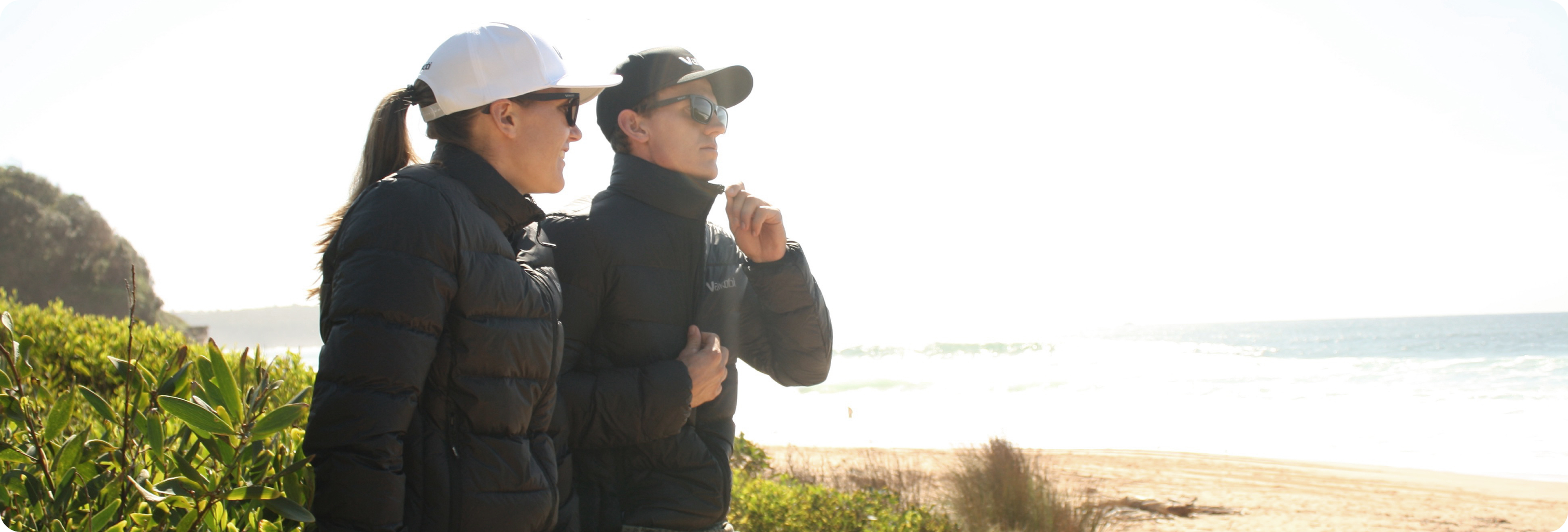There are so many reasons to fall in love with sailing. It is a lifestyle sport that offers everything from laid-back afternoon cruising to high-speed adrenaline rushes! As the sport of sailing has evolved, so have international safety standards. Investing in the proper safety essentials, and some sailing knowledge will provide peace of mind for you and your crew on the water.
What's included in this article on sailing safety essentials::
- Weather forecasts and real-time patterns
- Appropriate protective clothing
- Types of lifejackets
- Safety accessories
- Basic recovery skills and communication
Weather forecasts and monitoring real-time conditions
Have you heard of the 5 P’s used by professional sport coaches? That is; “Prior Planning Prevents Poor Performance.” Before leaving the land, check the wind, tide, and general weather forecast. Know your experience and physical limits. Monitor the latest weather observations against the forecast for accuracy. You can cross-reference apps and websites for an average idea of what the day may bring. Checking observations at different weather locations up and down the coast (according to the predicted wind direction) may also help you gauge an idea of what could arrive.
Tune your rig appropriately and cater your sail settings to the correct breeze. This preparation will allow for the safest, fastest, and easiest sail possible. Additionally, monitor the horizon for the arrival of adverse weather, and keep an eye on the clouds for summer storms and incoming fronts.
Appropriate Protective Clothing for Sailing
Maintaining and regulating body temperature is essential for comfort and vital for safety in a sport where participants are constantly exposed to the weather. Investing in sailing wet weather gear will keep you dry, regulate performance, and mitigate the risk of hypothermia. The Vaikobi VDRY lightweight jacket is a popular, durable, and highly effective way to keep the water off while offering maximum insulation. For dinghy and skiff sailors, our VCOLD and UV rashie collections provide warmth and maximum protection from harmful sun rays. Our breathable designs in our wetsuits, pants and lightweight UV shirts will also offer full coverage and minimise heatstroke.
Types of Life jackets for Sailing
Wearing or having a life jacket on board is a must for all sailing. Dinghy sailors usually opt for a slim-fitting performance lifejacket designed to work with a moving body. All Vaikobi lifejackets are ISO 12402-5 certified (50N) and are specially designed to integrate waist and trapeze harnesses.
Are inflatable life jackets safe?
Yes. Inflatable life jackets are safe and are usually popular among yacht sailors and powerboat operators. They are not suitable for dinghy sailing or windsprts where you are likely to be covered with water. They contain carbon dioxide canisters that inflate, usually automatically, when a participant lands in the water. These must be serviced annually or in compliance with your local maritime laws.
The safest life jackets on the market will always be the ones you wear. The more comfortable it is, the more inclined you will be to use it, so always take this factor into account when making a purchase.
Safety Accessories for Sailing
Your ultimate sailing safety equipment list depends on the kind of boat you sail and whether you are operating in open or enclosed waters. At a minimum, you should wear a lifejacket (at least ISO 12402-5 certified), carry a whistle or sound signal, and keep a shackle key (if applicable) on a dinghy sailing boat. More items to have on a larger vessel in enclosed waters include an anchor, bilge pump, paddles, a waterproof torch, a fire extinguisher, and a sound signal.
Basic recovery skills and communications for Sailing boats
Most sailors carry an extra length of rope, a shackle key, or a safety knife in the event that a jury rig must be assembled. A jury rig is a temporary solution for when something breaks or is lost overboard that allows you to keep sailing or get to safer water.
Letting someone know where you are going, as well as your expected departure and return time is critical. At most sailing clubs, competing dinghy sailors are required to sign on and off to indicate their safe return to shore. Larger sailing boats should have an installed or handheld radio to allow emergency communication with marine rescue, support boats, and nearby vessels.
For more sailing safety tips and zone-specific rules, visit your local maritime website.
Happy Sailing!
Head to the Vaikobi website for all the best safety products and apparel.

